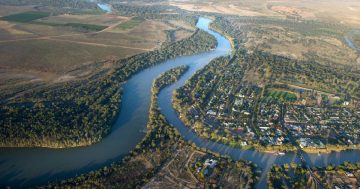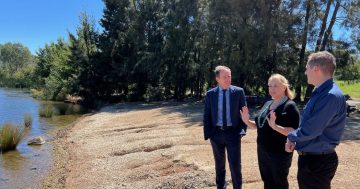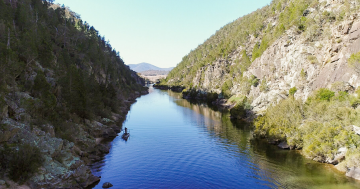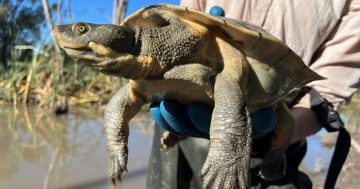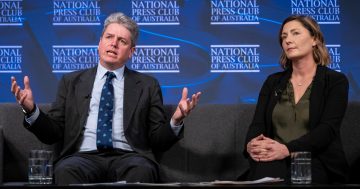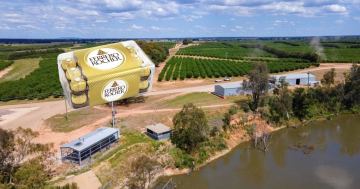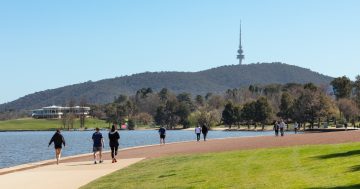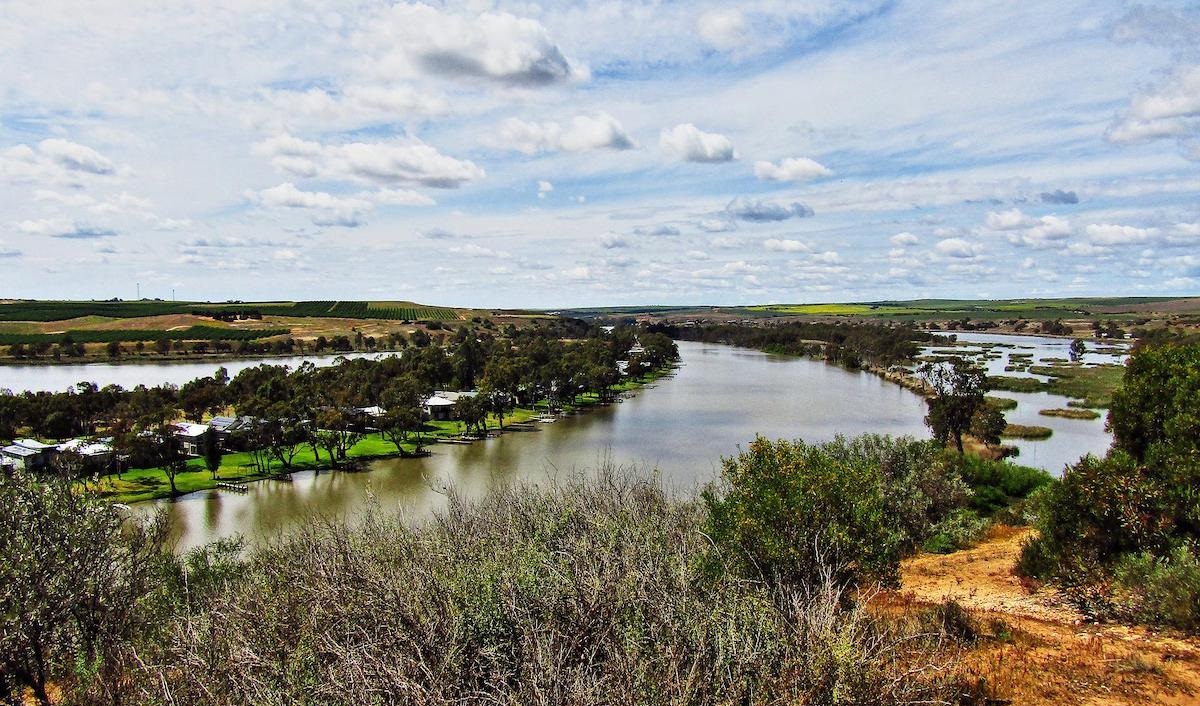
The Wentworth Group says that, while delivering the Murray-Darling Basin Plan is a crucial step forward, it won’t be enough. Photo: MDBA.
A group of eminent scientists has waded in on the controversy surrounding the government’s decision to extend and update the Murray-Darling Basin Plan.
On 22 August, Environment Minister Tanya Plibersek announced the goal to recover 450 gigalitres (GL) of water by June 2024 had proven to be unachievable, and that the government had deferred that goal until the end of 2027.
She said the deferral would also result in some revisions to the plan, including more options and funding to deliver the remaining water, and more accountability for all Murray-Darling Basin governments to deliver on their obligations.
In response to the government’s revised plans, on 8 September the Wentworth Group of Concerned Scientists – an independent body of Australian scientists, economists and stakeholders – released a report entitled Are Murray-Darling Basin rivers getting the water they need to stay healthy?
The report says the Commonwealth Water Act 2007 requires governments to ensure water extraction does not compromise ecosystems that depend on freshwater flows. It says the Wentworth Group has been assessing the extent to which the Murray-Darling Basin’s rivers have received the flows they need to stay healthy for more than 43 years.
“The Murray-Darling Basin is culturally, environmentally, and socially significant,” it said.
“It has been home to more than 40 Aboriginal Nations for more than 50,000 years, contains globally significant river, wetland and floodplain ecosystems and their biodiversity, and is now home to more than 2.3 million people, with a further 1.3 million people directly dependent on its water resources.
“A healthy Murray-Darling Basin is vital for the wellbeing and livelihoods of these people, and of great importance to the whole of Australia.”
The report says a healthy Murray-Darling Basin means:
- Clean water for drinking and for growing food and fibre;
- Economic benefits from recreation, fishing, tourism, agriculture and education;
- Cultural and economic benefits for Aboriginal Nations;
- Reduced risk of algal blooms, hypoxic blackwater events, acidification, salinisation and erosion;
- Improved soil fertility and enhanced pastures in grazing landscapes;
- Improved water security for farmers during dry periods and improved capacity of wetlands during droughts;
- Greater resilience to climate extremes; and
- Habitat, food, migration pathways and breeding opportunities for native fish, waterbirds and other native wildlife, some of which are nationally threatened and/or recognised by international agreements.
However, the Wentworth Group says the basin is not a healthy system. The report says research carried out over a 43-year period from 1979 to 2022 had shown that less than one-third of the Murray-Darling Basin’s environmental water requirements were achieved during that period. Further, it said only 26 per cent of all environmental flow requirements were achieved.
It said that, “while these figures do not tell us about the overall health of the Basin, they indicate that most freshwater species and ecosystems we assessed are not getting the flows that the science said was needed. The consequences of this are evident in the poor condition of many species and ecosystems across the Basin”.
“Our results suggest progress under the Basin Plan has not yet been sufficient to overcome the impacts of overextraction, water mismanagement and the effects of climate and other environmental changes diminishing water in our rivers and contributing to widespread salinity, blue-green algae blooms, decline of freshwater species and degradation of floodplain ecosystems,” the report reads.
“There is now more urgency than ever to recover water under the Basin Plan, and address impediments to the delivery of environmental water so that flows can be periodically released in sufficient volumes to inundate floodplain wetlands. These actions would improve achievement of environmental water requirements.”
The report says that, without the required flows, the river system is under threat.
“Without sufficient flows, there are serious and irreversible consequences for the long-term ecological health of the Basin, the quality of water, and the wellbeing of communities who depend on healthy rivers, including the 40 Aboriginal Nations that call the Basin home,” it says.
“With changes in climate and declining water availability, it may not be possible to achieve every water requirement in the Basin. Governments need to be transparent about what we are trying to achieve, what we are failing to protect, and how we manage the consequences.”
The Wentworth Group says that, while the delivery of the Murray-Darling Basin Plan is a crucial step forward, it won’t be enough.
“Our assessment of modelled outputs showed that the Basin Plan scenario would achieve less than half of the Basin’s environmental water requirements, based on our analysis of the 72 flow requirements and model outputs provided by the Murray-Darling Basin Authority.”
Therefore, the group has made three key recommendations, including:
- Deliver the outstanding components of the Basin Plan, which includes recovering 3200 GL of environmental water including 450 GL agreed under the Basin Plan while supporting communities through this transition, and remove physical and operational constraints to allow for overbank watering of floodplain wetlands.
- Link flow requirements to water management decisions re-evaluating the environmentally sustainable level of take to ensure it is capable of achieving flow requirements under projected climate scenarios and requiring flow targets to be achieved before major upstream extractions can take place.
- Ensure a transparent, scientifically robust evidence base for implementing flow requirements, by publishing a dashboard showing real-time achievement of water requirements over a range of timescales, fast-tracking programs to define cultural water requirements and water for essential human needs, and return water to Aboriginal Nations of the Basin to support these requirements, and by annually validating models using actual river flows and adjusting for model error.
The full report is available on the Wentworth Group website.












